Written by Andy Gurczak
November 27, 2021
Residential Water Damage Restoration
Water intrusion can be incredibly destructive to your residential property. Over time, excess moisture can cause serious issues within an indoor environment. So without proper water extraction, decontamination and drying, numerous long-term effects can take hold of your home. It can even cause long-lasting structural damage as well as pose multiple health risks. For this reason, a proper residential water damage restoration process is crucial whenever water damage occurs.
This intervention should be as soon and as effective as possible. In fact, it’s essential to act within the first 24 to 48 hours to minimize the effects of water damage.
Residential water damage restoration can also be quite costly. So filing an insurance water damage claim could be necessary to start the water damage repair process. Read on ahead to learn more about the residential water restoration process.
Residential Water Damage Restoration Categories
A good place to start dealing with the residential water restoration process is to understand the types of water damage. There are specific sets of practical standards for water mitigation, flood damage repair, and sewage cleanup.
Category 1 Residential Water Damage Restoration
This category comprises portable, and sanitary water sources fit for human consumption. Therefore, this type of water does not threaten ingestion, dermal, or inhalation exposure. Moreover, this type of water damage includes broken supply lines and sprinkler systems. As well as overflowing containers with no contaminants, or natural sources like rain or meltwater. Finally, this is known as clean water.
Category 2 Residential Water Damage Restoration
This category consists of water containing significant contamination. As a result, it could cause sickness or discomfort if humans consume or come in contact with it. In addition, this type of water contains unsafe levels of microorganisms and/or chemical or biological matter.
For example, it could contain diluted urine, detergents, seepage from hydrostatic pressure, or ruptured storage tanks. This is known as “gray” water.
Category 3 Residential Water Damage Restoration
This is when the water is “grossly contaminated.” Thus, it contains harmful pathogenic and toxigenic agents. Raw sewage is by far the most common offender of “black” water. If sewage damage restoration is not completely remediated, it can be deadly to people and destructive to the property.
Moreover, sources of black water include:
- Sewage backups.
- Salty water from rivers and streams.
- Flooding seawater.
- All forms of ingress from natural events. In fact, it could also contain contaminants like pesticides and even heavy metals.
- With this in mind, it is important to also note that a category of water damage can amplify into a more serious one if not fixed quickly. Furthermore, wet, warm, and enclosed areas are perfect breeding grounds for organic pathogens and mold. So be sure not to stall whenever you have experienced water damage. Instead, take action as soon as possible.
Residential Water Damage Repair and Restoration Classes
Water intrusion is also divided into four classifications:
Class 1 Residential Water Damage Restoration
A class 1 water damage is when only a minimal amount of water has flowed onto low porosity materials. This class of water damage requires limited mitigation, and little moisture is left after water is removed. Moreover, a minimal amount of evaporation is necessary to finish drying. An example of class 1 water damage would be an overflowed toilet on a tile floor.
Class 2 Residential Water Damage Restoration
This would be when a significant amount of water is discharged, and the exposed materials are medium to high porosity. Since the materials affected are more porous, there is greater absorption, and the water damage process is lengthier. The drying time would also take longer. Examples would be a ruptured pressurized water line inside a gypsum board wall.
Class 3 Residential Water Damage Restoration
A class 3 damage consists of a large amount of water absorbed by highly porous materials. As a result, the highest rate of evaporation is necessary for the water damage restoration process. For instance, a storm leak that floods a building’s interior and soaks carpeted areas would be a class 3 water damage.
Class 4 Residential Water Damage Restoration
This is when water intrudes and is trapped by building materials and assemblies. For this reason, the restoration process is difficult, time-consuming, and expensive. In addition, affected areas are highly porous or tightly confined and require special methods and equipment for the restoration process.
Longer drying time or substantial vapor pressure differentials might also be necessary. An example would be storm-water flooding of a wooden enclosure.
Once the categories and classification of the water damage have been assessed, proper steps can then be taken to mitigate and repair the damage. Each range of categories, compounded by the class of water intrusion, will require different skills for assessing the damage.
Residential Water Damage Mitigation, Cleaning and Restoration
Whichever the class and category of water damage, it needs speedy and effective water damage mitigation.
However, water mitigation is about much more than just drying and cleaning a property. There are many other factors to consider, such as decontamination and treating porous materials. For example, an efficient residential water damage restoration process will evaluate three criteria to determine the best course of action:
- Amount of property damage
- Degree of contamination
- Replacement costs vs. restoration costs
In addition, strict actions are required in water mitigation, such as the removal of damaged materials. Molds and mildew that have accumulated in areas in your property will be disinfected and deodorized to restore a healthy environment. Moreover, further cleaning and deodorizing should be done to ensure your real estate is back in top shape.
Water damage mitigation should happen immediately after flooding or water buildup. Therefore, the water mitigation process will depend on how long your property has been exposed to water. Air humidifiers and drying equipment must be turned on round the clock in areas with severe water damage.
It is also recommended to get the temperature, humidity, and moisture of your property tested. This way, you can see if it has been restored to usual standards.
The Most Important Steps to Take After Water Damage In Your Home
Residential Water Damage Restoration Step 1: First, Call your Insurance Company
Standard homeowners insurance policy covers water damage, as long as it’s not due to negligence or flooding. For instance, your insurance company is more likely to cover a sudden burst pipe than a slow, gradually leaky pipe. However, don’t hesitate to consult with your insurance agent to ensure your coverage.
If you need any help with filing, negotiating, and settling your water damage insurance claim, don’t hesitate to AllCity Public Adjusting. Call AllCity Adjusting for your public adjuster needs today!
Residential Water Damage Restoration Step 2: Second, Get Help from a Water Damage Restoration Service
An equally important factor when faced with home water damage is safety. So align yourself with appropriate local resources and professionals to assist you, including fire and police, mechanical contractors, insurance, utility, and restoration services.
Residential Water Damage Restoration Step 3: Meanwhile, Shut Off Water Sources
Before any water damage occurs, familiarize yourself with water shut-offs for quick access. Swift action is critical to minimize loss, mitigate risk, and protect assets. As soon as water damage happens, turn off the water source.
Residential Water Damage Restoration Step 4: Then, disconnect Outlets and Shut Off Electricity
The first thing to do when you discover water damage in your home is to unplug all electronics immediately. Although you may not see the severity of the water damage just yet, it’s important to be cautious around appliances and gas lines. Using electrical appliances despite the situation could cause electrical shocks or even explosions. In addition, ensure you are also on the lookout for water coming through light fixtures or electrical boxes.
Residential Water Damage Restoration Step 5: After, Identify the Source of the Water Damage.
After shutting off the water supply, assess the degree of contamination to determine a water damage remediation plan. Be aware of the associated health effects depending on contamination level. If you are unsure of the contamination level of your home, steer clear of any contact and wait for professional help.
Residential Water Damage Restoration Step 6: Once you Identify the Water Source, Begin the Drying Process
Water damage mitigation is absolutely crucial. Before more damage occurs, you need to remove standing water and dry out the affected areas. Water removal companies use industrial fans or large-capacity dehumidifiers to circulate air and dry out wet carpeting, wood, and surrounding porous materials.
Residential Water Damage Restoration Step 7: Disinfect Remaining Areas
As we mentioned before, depending on the types of water you are dealing with, it can contain many bacteria and other hazardous materials. Moreover, excess moisture could also encourage the growth of mold. For this reason, it is essential to sanitize the water-damaged area immediately. Water damage restoration companies usually spray and wipe down surfaces with bleach and other professional disinfectants.
Residential Water Damage Restoration Step 8: Finally, Inspect for Mold Growth
We can’t stress this enough. Inspecting your home for mold after any type or amount of water damage is of the most importance. Certain mold strains are toxic to humans and pose serious health risks. Mold can begin growing as soon as 24 hours after water exposure.
Mold can spread quickly once it infests an area, so it is in your best interest to prevent mold. You can cut out the affected area, bag it, and dispose of it immediately for small issues.
On the other hand, severe mold infestations need serious restoration. For example, any airflow must be shut down immediately to stop contamination. Only an experienced mold restoration specialist should take care of the job. Often, mold can appear inside the walls or floors, so this inspection must be ongoing throughout the restoration.
Best way to beat the insurance company is to hire AllCity Adjusting
At AllCity Adjusting we help residential and commercial clients alike get the claims support they need. Moreover, we have over 50 years of combined experience helping get our clients the max settlement time and time again. If your claim has been low balled or denied entirely we can help increase your maximum settlement. Call us today for a FREE consultation. Experience the AllCity difference.
Real Support When You Need It!
Related Articles
7 Red Flags That Indicate You Need to Hire a Public Adjuster
If you own property, managing roofing insurance claims might seem tough. Knowing how to quickly deal with roof damage insurance claims from water, weather, fire, or unexpected events is helpful. In this guide, we’ll share useful tips to help you understand and work through roofing insurance claims more easily, aiming for a quicker solution.
Navigating Fire Damage Claims: What Every Property Owner Should Know
If you own property, managing roofing insurance claims might seem tough. Knowing how to quickly deal with roof damage insurance claims from water, weather, fire, or unexpected events is helpful. In this guide, we’ll share useful tips to help you understand and work through roofing insurance claims more easily, aiming for a quicker solution.
The Role of a Public Adjuster in Water Damage Claims
If you own property, managing roofing insurance claims might seem tough. Knowing how to quickly deal with roof damage insurance claims from water, weather, fire, or unexpected events is helpful. In this guide, we’ll share useful tips to help you understand and work through roofing insurance claims more easily, aiming for a quicker solution.
Understanding Water Damage Claims: A Comprehensive Guide for Homeowners
If you own property, managing roofing insurance claims might seem tough. Knowing how to quickly deal with roof damage insurance claims from water, weather, fire, or unexpected events is helpful. In this guide, we’ll share useful tips to help you understand and work through roofing insurance claims more easily, aiming for a quicker solution.
Essential Traits and Skills for a Successful Public Adjuster
If you own property, managing roofing insurance claims might seem tough. Knowing how to quickly deal with roof damage insurance claims from water, weather, fire, or unexpected events is helpful. In this guide, we’ll share useful tips to help you understand and work through roofing insurance claims more easily, aiming for a quicker solution.
Tips Expedite the Process :Commercial Roofing Insurance Claims
If you own property, managing roofing insurance claims might seem tough. Knowing how to quickly deal with roof damage insurance claims from water, weather, fire, or unexpected events is helpful. In this guide, we’ll share useful tips to help you understand and work through roofing insurance claims more easily, aiming for a quicker solution.
Stay Up to Date With The Latest News & Updates
Don't Wait - Get More
Get a free 1 hour consultation on your next call. So call today and challenge the insurance company narrative on your policy claim. We can help you with all your public adjuster claims support. Let us help you get more.
Join Our Newsletter
Do you want to learn more about public adjusting. In this newsletter we create helpful tips and hints and you will receive notifications when we post new articles.
Follow Us
Follow us on the following social networks.
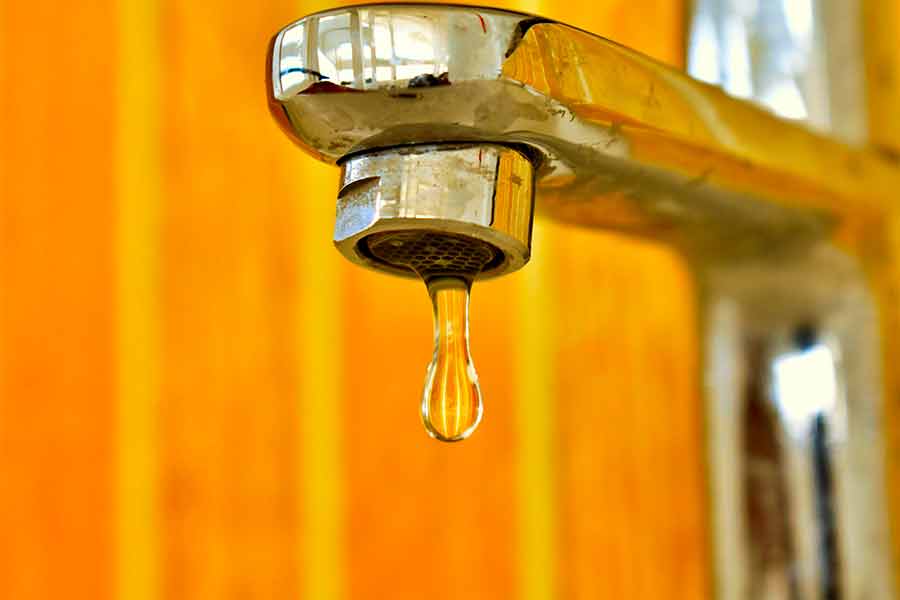
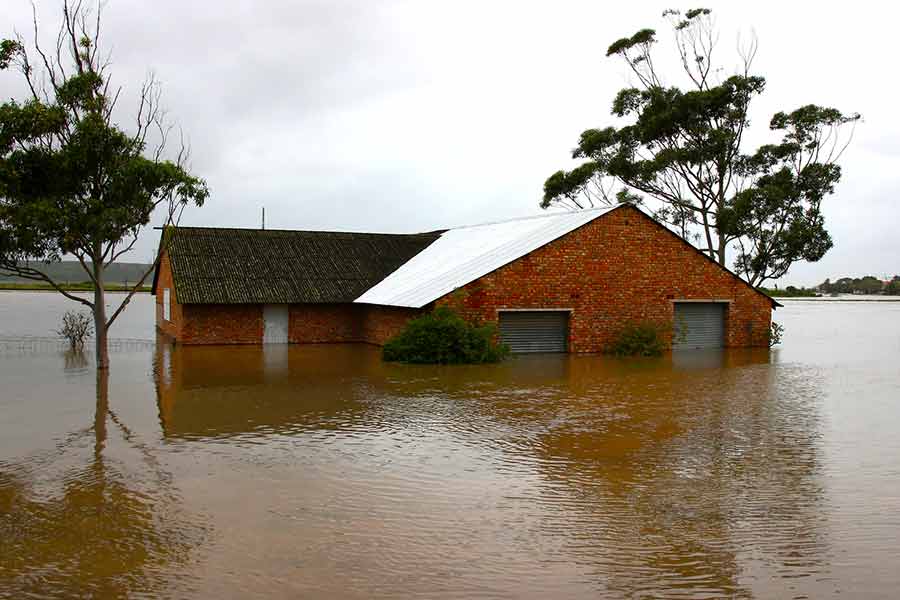
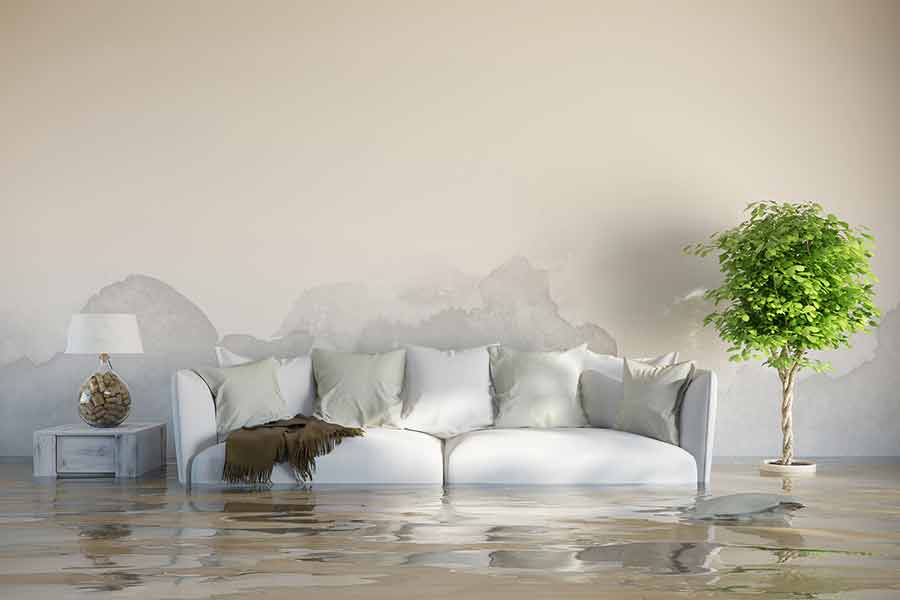
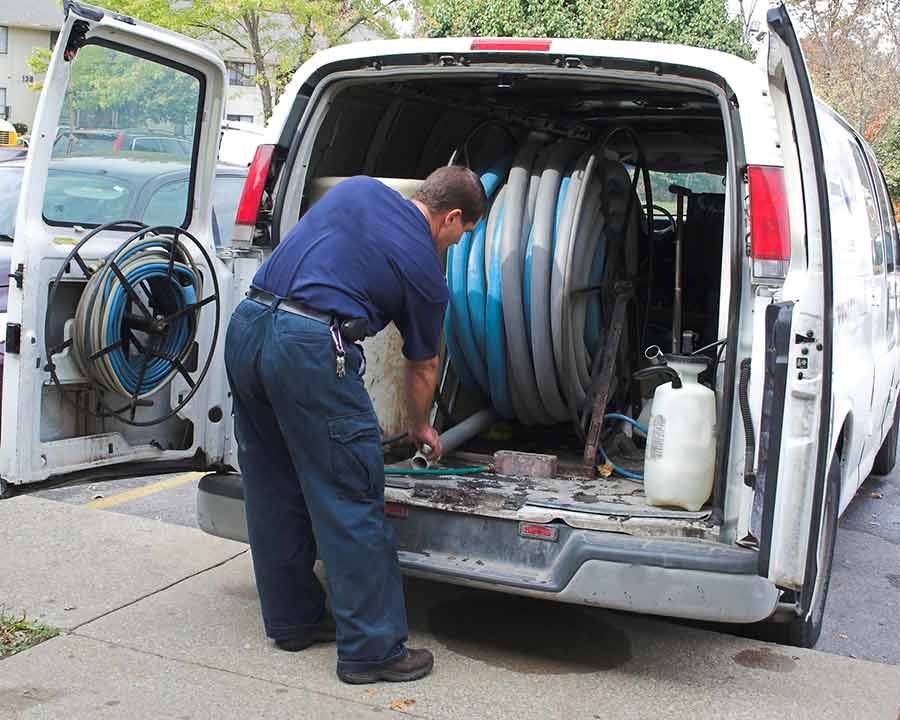
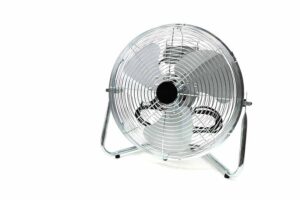
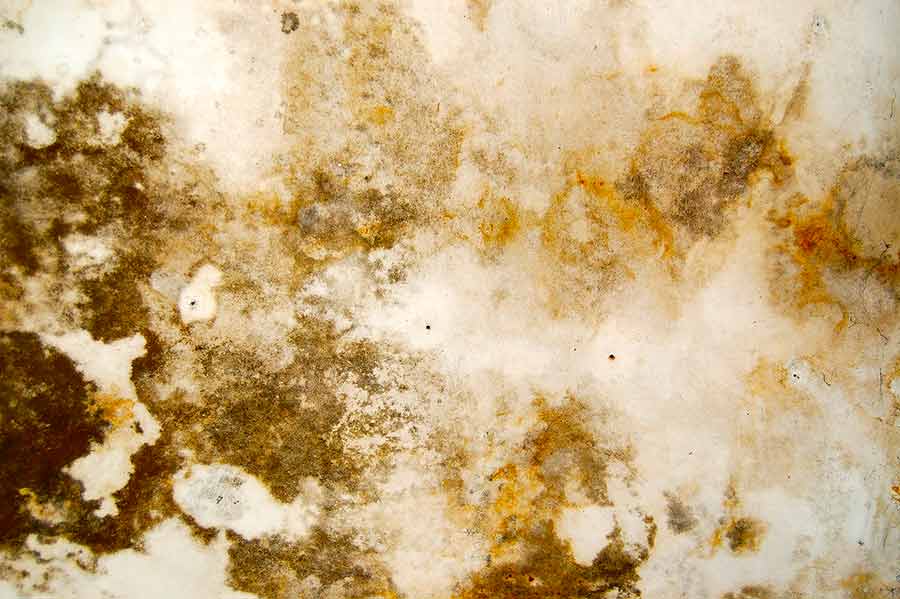




Recent Comments